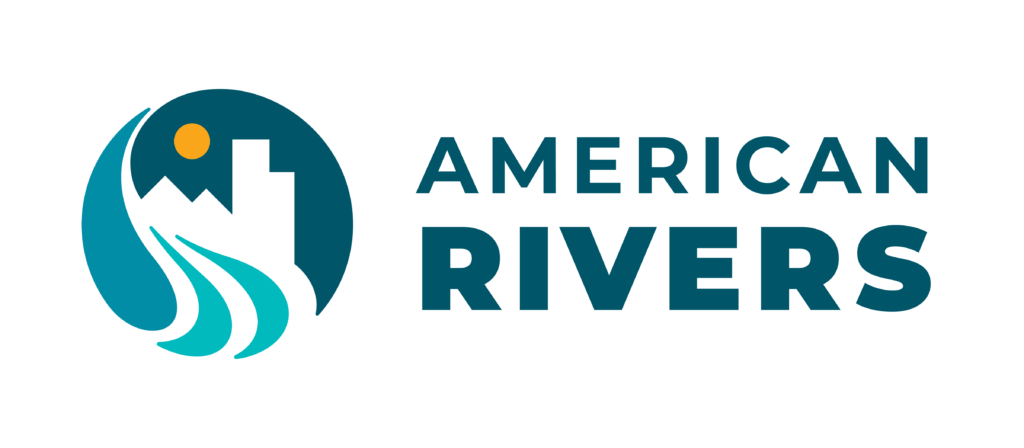New Analysis: With Increase in Extreme Weather, Removing Outdated Dams and Barriers Benefits Communities



Contact: Stefanie Lao, stefanie@fcpcommunications.com, (818) 261-6871
LOGAN, UT – A just-released research paper from Utah State University, “Barrier Removal is a Strategy for Climate Resilience,” highlights how removing outdated or unsafe dams and barriers can make communities safer and stronger in the face of extreme weather. There are over 550,000 dams and over 298,000 road-related barriers, such as culverts, that fragment rivers across the United States. Since these dams and barriers were constructed, storms and flooding have become more frequent and severe. At the same time, a lot of these dams are aging and in disrepair.
“Our review of recent research suggests that removing dangerous and obsolete dams and barriers improves resilience to flooding, drought, increasing temperatures, sea level rise, and changing rivers,” said Dr. Sarah Null, Professor of Watershed Sciences at Utah State University, and the lead paper author. “Many dams provide useful services and should not be removed. But for those structures that are outdated or unsafe, removal can be a smart decision for communities.”
The paper’s authors, led by Dr. Sarah Null, Ph.D., conducted an extensive review of scientific reports and publications on this topic. They identified 50 studies, published between 2009 and 2024, that examined dam removal in relation to climate change, resilience, or adaptation. The paper’s authors found that communities are removing dams for a variety of reasons, including safety, economics, cultural benefits, and environmental protection. The research was supported by American Rivers and Resources Legacy Fund.
“Many of the dams we built decades ago are not equipped to handle today’s extreme weather,” said Dr. Ann Willis, Regional California Director, American Rivers. “Our aging infrastructure is increasingly challenged by more intense storms and catastrophic flooding. In a lot of cases, aging dams and dams that are not adequately designed or maintained are ticking time bombs, putting people at risk.”
According to the National Inventory of Dams (NID), 70% of dams have outlived the average design life for a dam, with 16,700 dams considered high-hazard and a risk to people living downstream. In addition, the average age of U.S. dams is 64 years old, and the number of dams that pose a high risk to human life is rising.
Dam failures and near misses that endangered communities have occurred throughout the country, including in Vermont, California, Michigan, and North Carolina. Proactive dam removal helps prevent catastrophic failures and reduces or avoids higher costs associated with emergency responses.
“Removing unsafe, outdated dams is a proven approach to restoring rivers and strengthening communities,” said Shara Sparks, Senior Program Officer, Open Rivers Fund, a program of Resources Legacy Fund. “In many cases, alternative approaches and technologies can replace the services dams provide more safely and effectively. The research shows that for communities challenged by extreme weather, restoring their rivers via dam and barrier removal can deliver a host of benefits.”
Dam and barrier removal can be a powerful way to strengthen communities in the face of extreme weather – given the benefits to public safety, culture, economy, and environmental restoration. Key findings from the paper on the benefits of removing outdated dams include:
- Economic Benefits: While dam and barrier removal has upfront costs, it’s often more affordable than repairing and maintaining aging infrastructure or dealing with disaster recovery. In many cases, increasingly frequent and severe droughts and floods are making dams less economically viable. In addition, dam removal can cost far less than rehabilitation and long-term maintenance expenses, making it a practical option.
- Cultural Benefits: Removing barriers is also a means for preserving cultural practices, including fish harvests. Dams were frequently built in and flooded areas that are culturally important for Tribes, including Tribal gathering sites, celebration sites, and ancestral community sites. Dams have severely impaired native fish populations that Tribes have depended on for millennia. Barrier removals are necessary for preserving and respecting Tribal traditions and ancestral lands.
- Clean Water and Environmental Health: Dam and barrier removal can restore river health, improve water quality, and bring back fish and wildlife habitats. It helps re-establish cooler, free-flowing waters essential for native fish, wildlife, and healthy ecosystems. Without barriers, fish can access upstream habitats and escape high temperatures and drought conditions.
Read the full white paper from Utah State University here.
###
About American Rivers
American Rivers is a national conservation organization working to make every river clean and healthy for people and wildlife. We combine evidence-based solutions with enduring partnerships to safeguard the 3.5 million miles of rivers and streams that are essential to our nation’s clean drinking water, extraordinary wildlife, and the strength of our communities. For more than 50 years, our staff, supporters, and partners have been driven by a common belief: Life Depends on Rivers. AmericanRivers.org
About Resources Legacy Fund
Resources Legacy Fund advances bold, collaborative solutions to secure a just and resilient world for people and nature.We are a 501(c)(3) nonprofit organization that partners with philanthropy, advocates, government, academia, and business to catalyze action for conservation, environmental equity and justice, and climate solutions. Across the American West and internationally, our work succeeds at scale by building effective public-private partnerships, advancing smart policies, securing public funding, convening and supporting effective coalitions and campaigns, and growing capacity among on-the-ground partners. We manage strategic initiatives and fiscally sponsor projects that accelerate change on the urgent climate, biodiversity, and environmental justice crises we face.